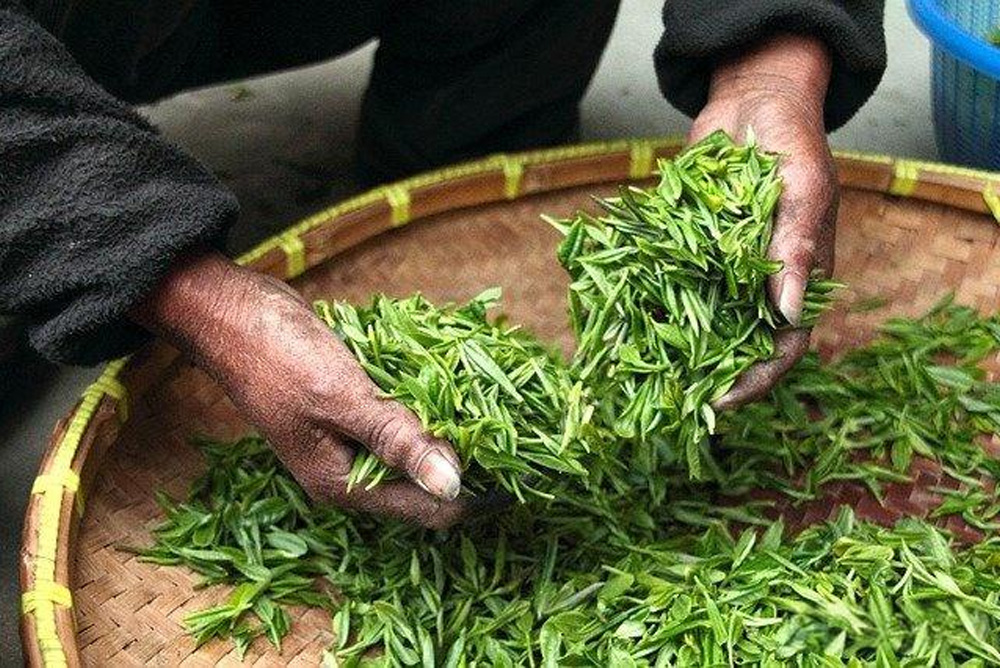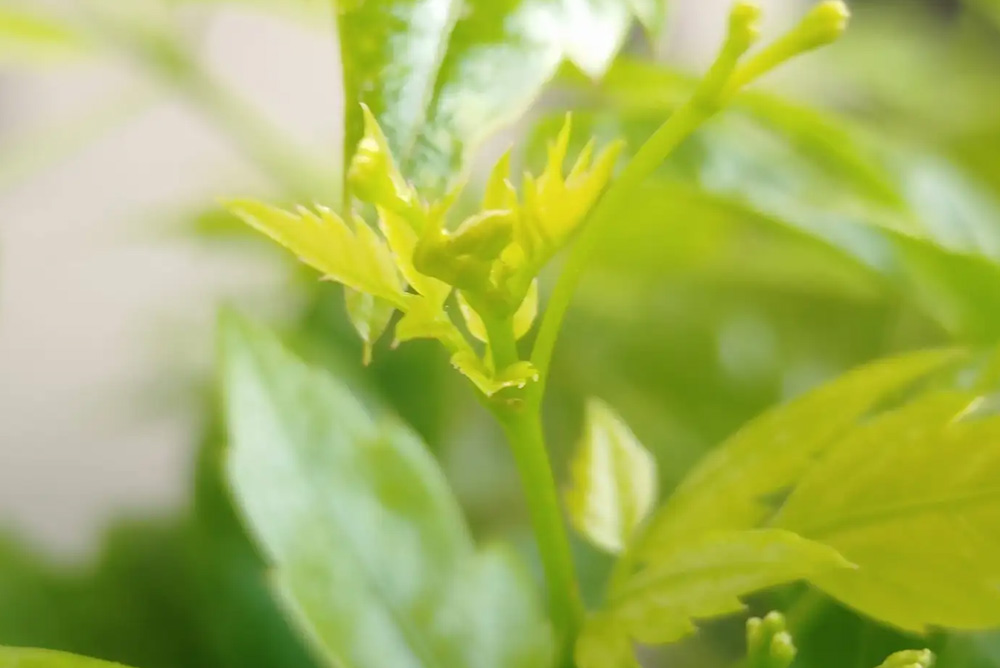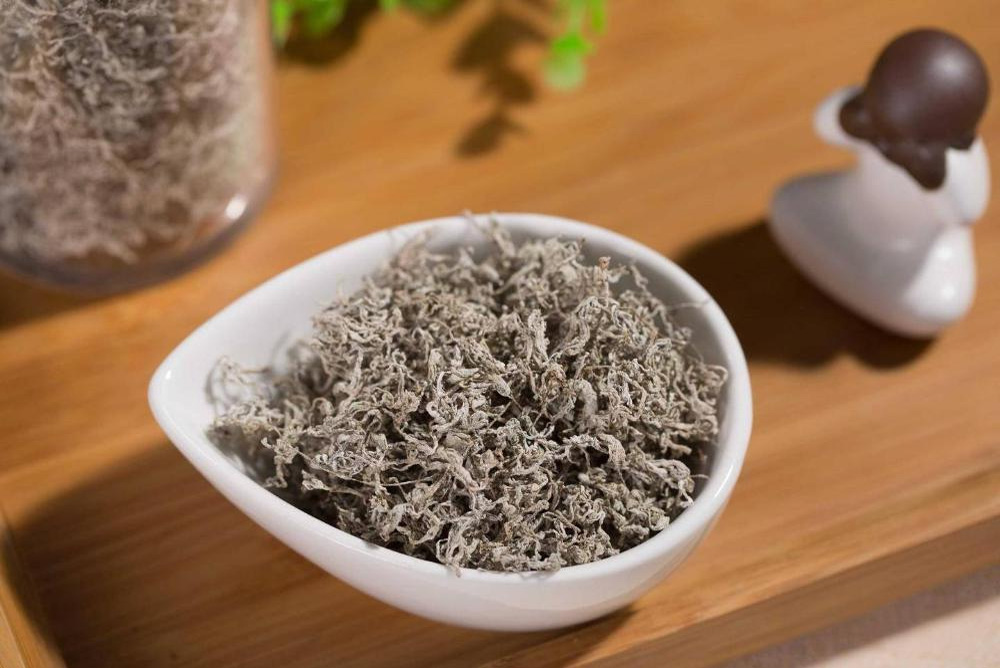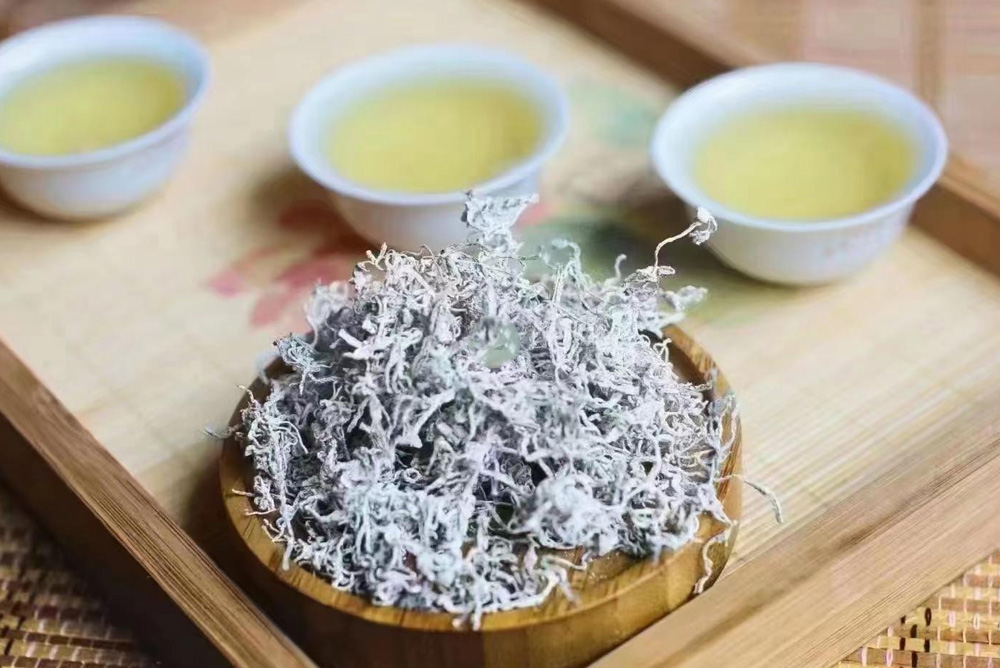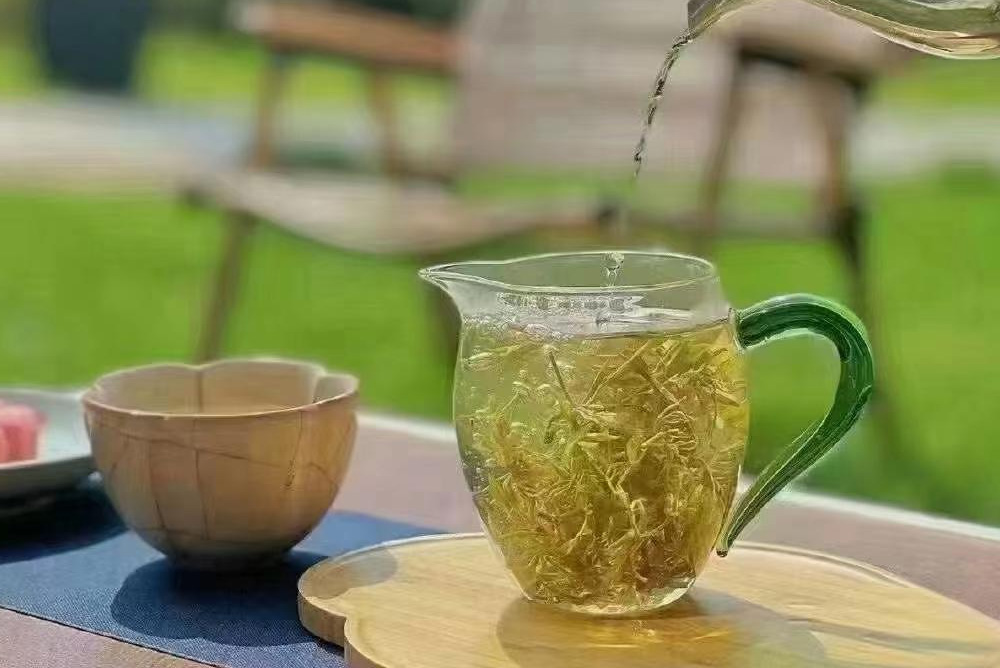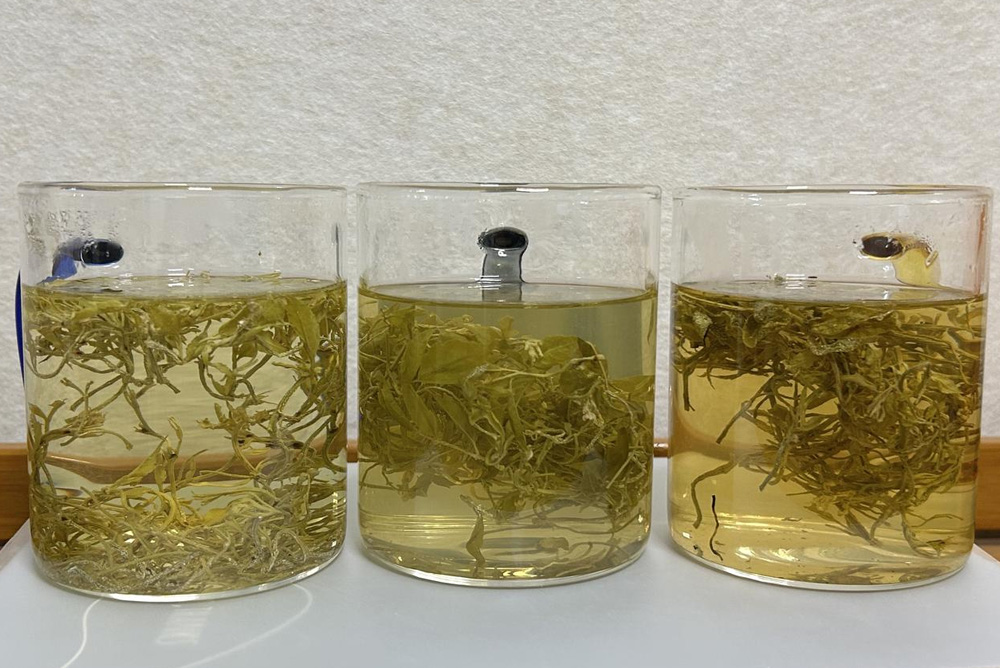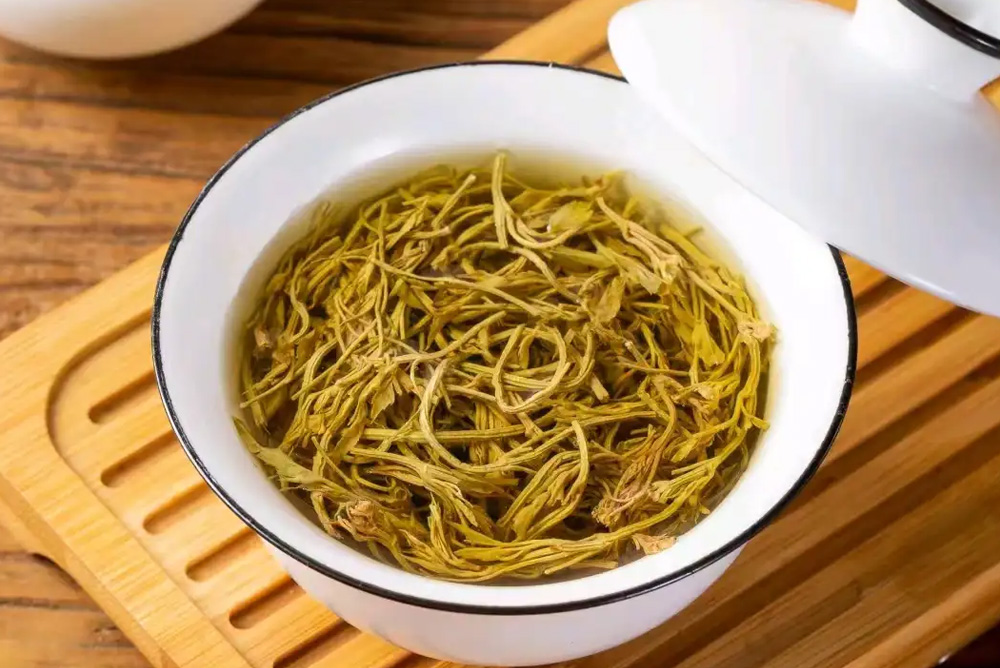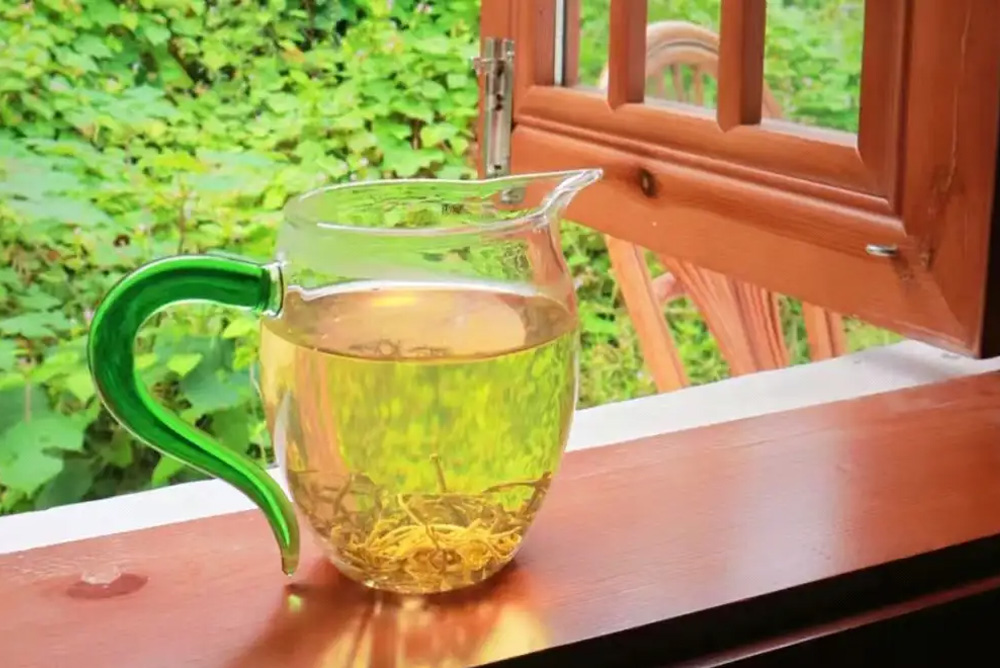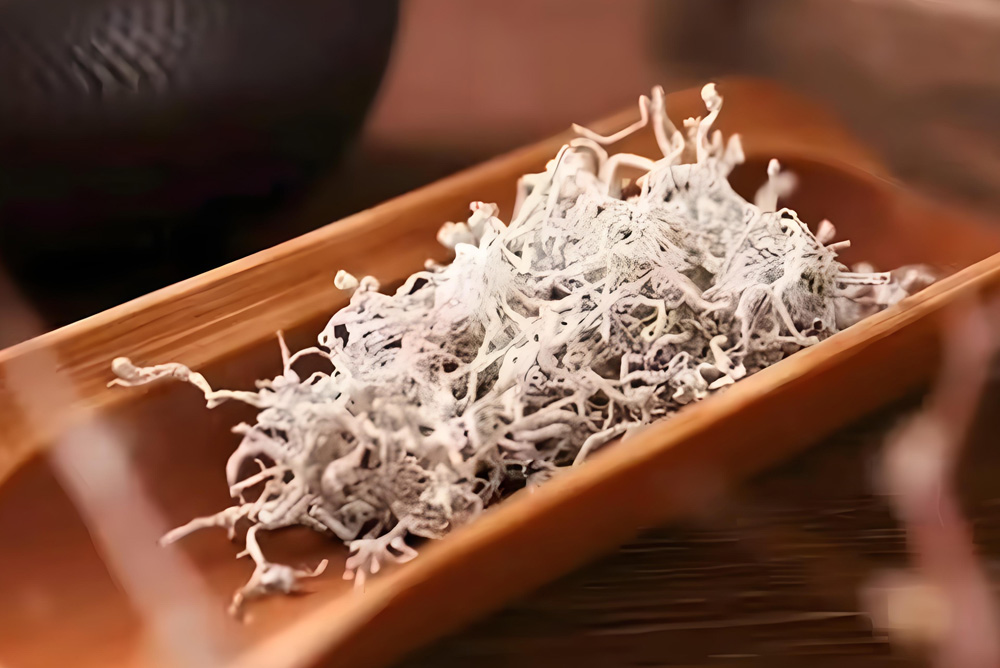Vine tea (Ampelopsis grossedentata) is prized for its high flavonoid content, rich nutrients, and refreshing taste. But like any herbal tea, improper storage can cause it to lose flavor, absorb odors, or even spoil. To fully enjoy vine tea’s benefits, it’s important to use the right storage method.
Here are six proven ways to store vine tea — suitable not only for this rare tea but also for most tea varieties.
1. Refrigeration Method
One of the most reliable ways to preserve vine tea is cold storage.
-
Place tea with moisture content below 6% in a sealed metal container.
-
Seal the lid with tape to prevent air leakage.
-
Store in the refrigerator at about 5°C (41°F).
The lower the temperature and tighter the seal, the longer your vine tea will remain fresh.
2. Oxygen-Free Method
This method protects vine tea from oxidation.
-
Place the tea in a thick plastic bag.
-
Add an oxygen absorber to one corner of the bag.
-
Heat-seal the bag completely airtight.
Within 24 hours, oxygen inside will be absorbed, leaving the tea in a near-zero oxygen environment.
3. Lime Storage Method
A traditional approach using quicklime to keep the tea dry.
-
Wrap vine tea in kraft paper.
-
Place it in a ceramic jar with quicklime at the bottom.
-
Keep in a cool, ventilated place and replace lime every 1–2 months.
This prevents moisture and spoilage during long-term storage.
4. Charcoal Storage Method
Similar to the lime method, charcoal helps absorb moisture.
-
Place dry charcoal at the bottom of a ceramic jar.
-
Layer packaged vine tea above the charcoal.
-
Replace the charcoal every month.
For easy handling, wrap charcoal in a cotton cloth so it can be replaced cleanly.
5. Thermos Storage Method
Surprisingly, a new thermos bottle can serve as a tea container.
-
Place vine tea into the thermos.
-
Seal the lid with wax, then reinforce with tape.
-
Store in a cool, shaded place away from sunlight.
This method provides good sealing and is convenient for home use.
6. Special Care for Vine Tea
Unlike many teas, vine tea’s key nutrients are flavonoids — especially dihydromyricetin.
-
Store in a cool, dry, odor-free, and well-ventilated environment.
-
Avoid long-term refrigeration if possible. Cold storage can cause flavonoid crystals to form, reducing both taste and nutrition.
-
Consume opened vine tea within one month for the best flavor.
Enjoy Premium Bud Tip Vine Tea with JINQI
Proper storage is essential to protect the unique flavor and health benefits of vine tea (Ampelopsis grossedentata). Whether you choose refrigeration, oxygen-free sealing, or traditional methods like lime and charcoal, the key is keeping the tea dry, sealed, and away from odors.
At JINQI Vine Tea Co., Ltd., we not only cultivate authentic vine tea in Laifeng County but also ensure every batch is processed and packaged to retain its freshness and nutritional value.
👉 Contact JINQI today to source premium vine tea with guaranteed quality from origin to delivery.
FAQs
Q1: How long can vine tea be stored?
When stored properly, vine tea can stay fresh for 1–2 years without losing its flavor and nutrients.
Q2: Can I store ampelopsis grossedentata in the fridge?
Yes, unopened tea can be refrigerated, but opened tea is best kept at room temperature in a dry, sealed container.
Q3: Does vine tea lose nutrients over time?
Yes, flavonoids gradually decline if tea is exposed to heat, moisture, or air. Proper storage helps preserve them longer.

